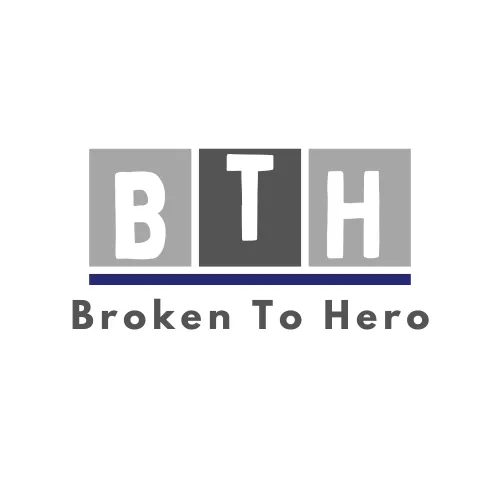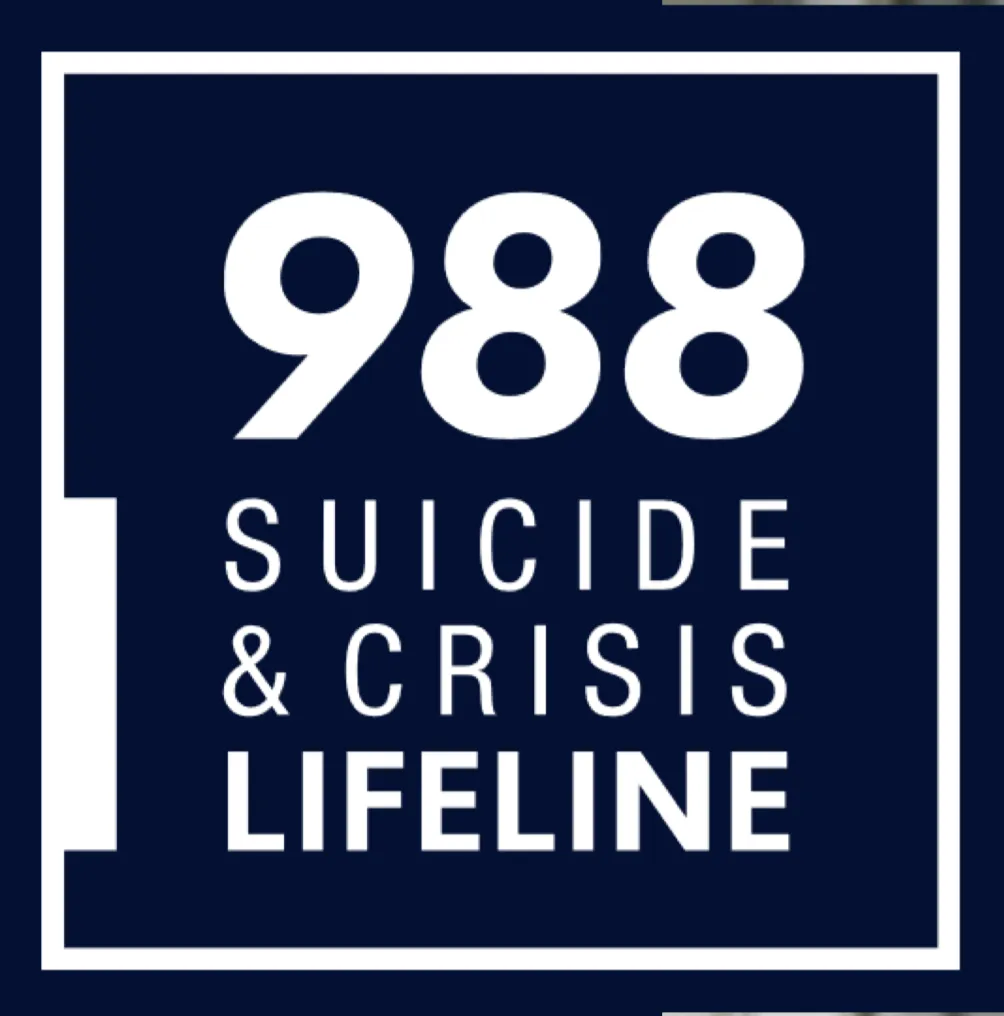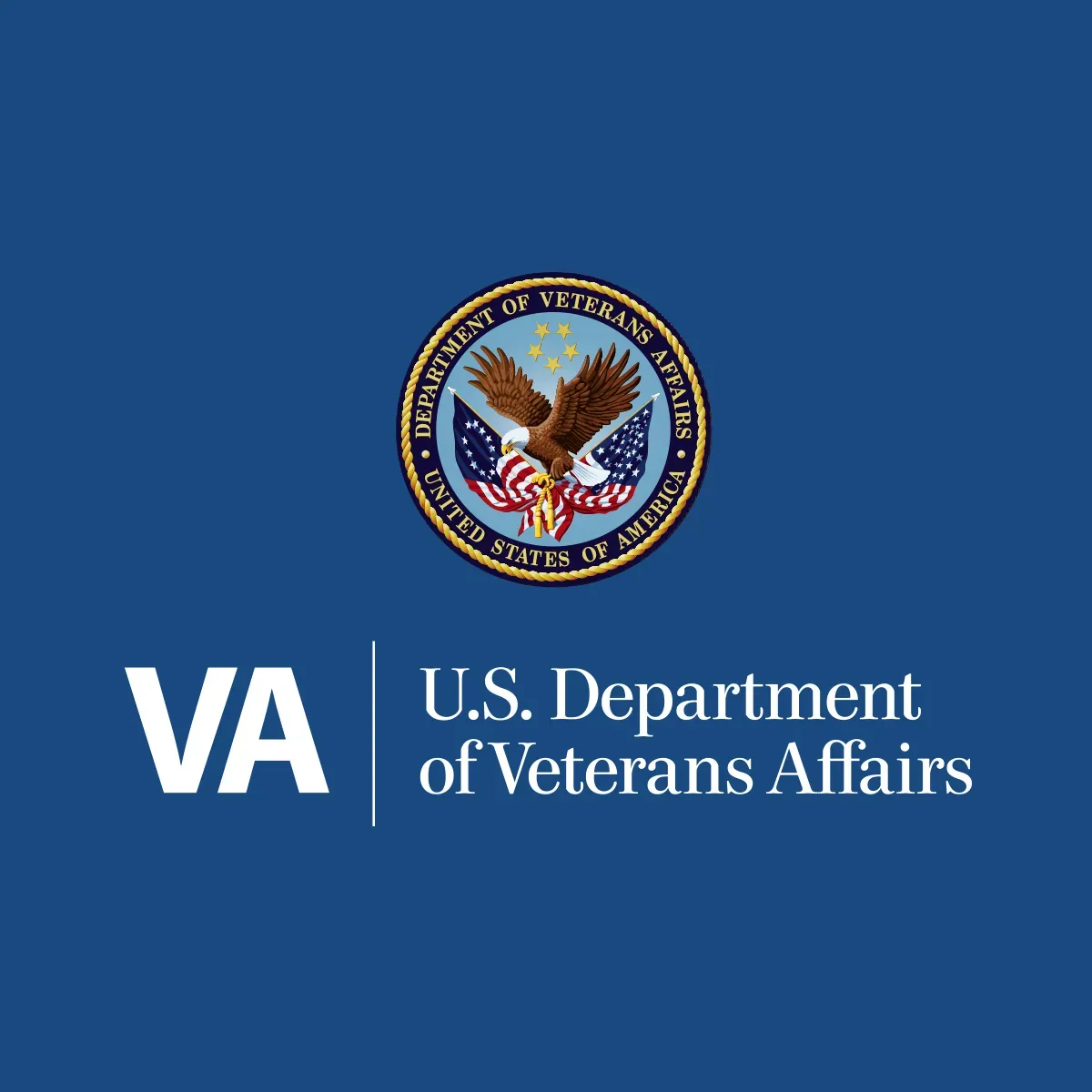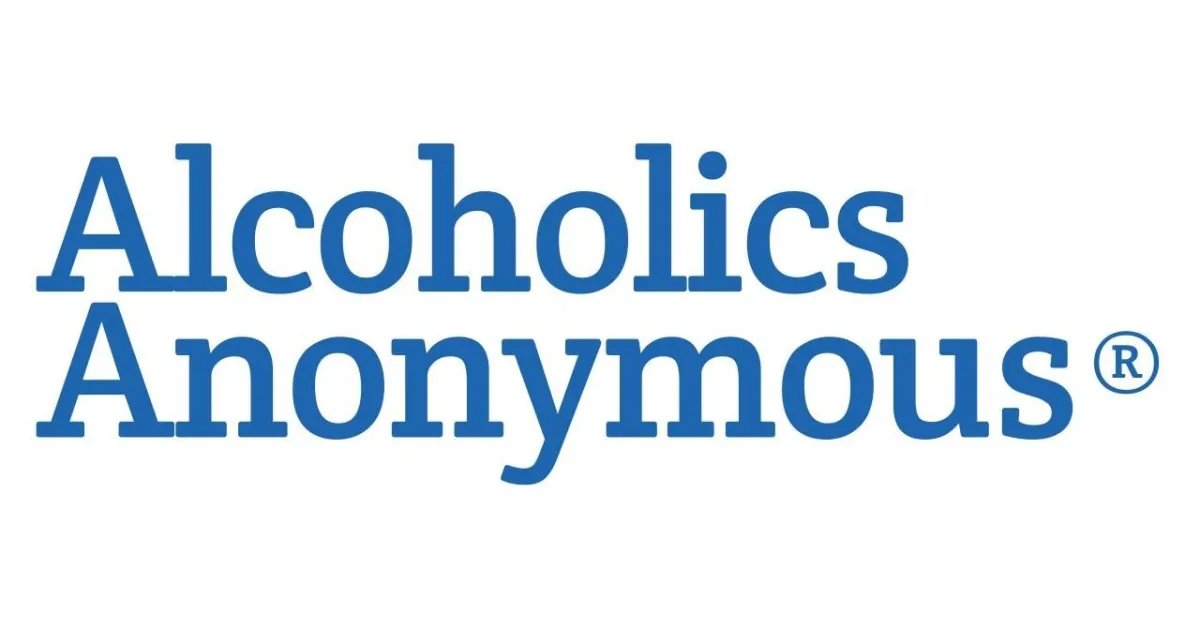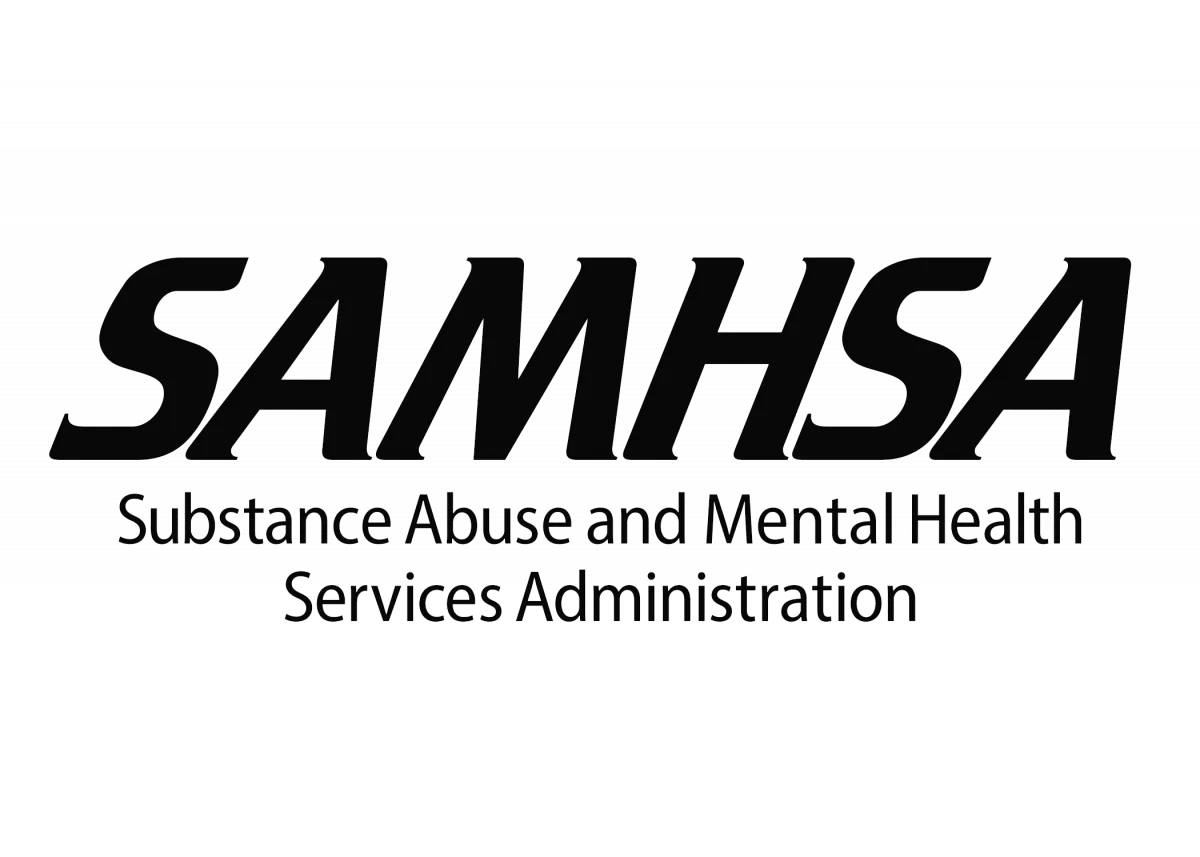FAQS
How does life coaching differ from therapy?
While both life coaching and therapy aim to support personal growth, they have distinct approaches. Therapy typically focuses on addressing past traumas, emotional healing, and diagnosing mental health conditions. On the other hand, life coaching is forward-focused, centered around setting and achieving goals, enhancing performance, and unlocking potential. If you're seeking to overcome specific challenges from your past, therapy might be more suitable. If you're looking to create a roadmap for personal or professional success, life coaching could be the right fit.
How often are coaching sessions conducted?
Coaching sessions frequency can vary based on your needs and preferences. Typically, we recommend starting with weekly sessions to establish momentum and make consistent progress. As you gain confidence and traction towards your goals, sessions might transition to bi-weekly or monthly. The flexibility of our approach ensures that the coaching frequency adapts to your evolving requirements, ensuring optimal support and accountability.
What if I'm unsure about my goals and direction?
It's completely normal to feel uncertain about your goals and direction. Our coaching process begins with an initial assessment where we'll work together to clarify your aspirations, values, and priorities. Through insightful questioning and exploration, we'll collaboratively uncover your passions and potential areas for growth. If you're not entirely sure about your goals, our coaching can help you gain clarity and chart a course that aligns with your authentic self. Remember, the journey towards clarity is an integral part of the coaching process itself.
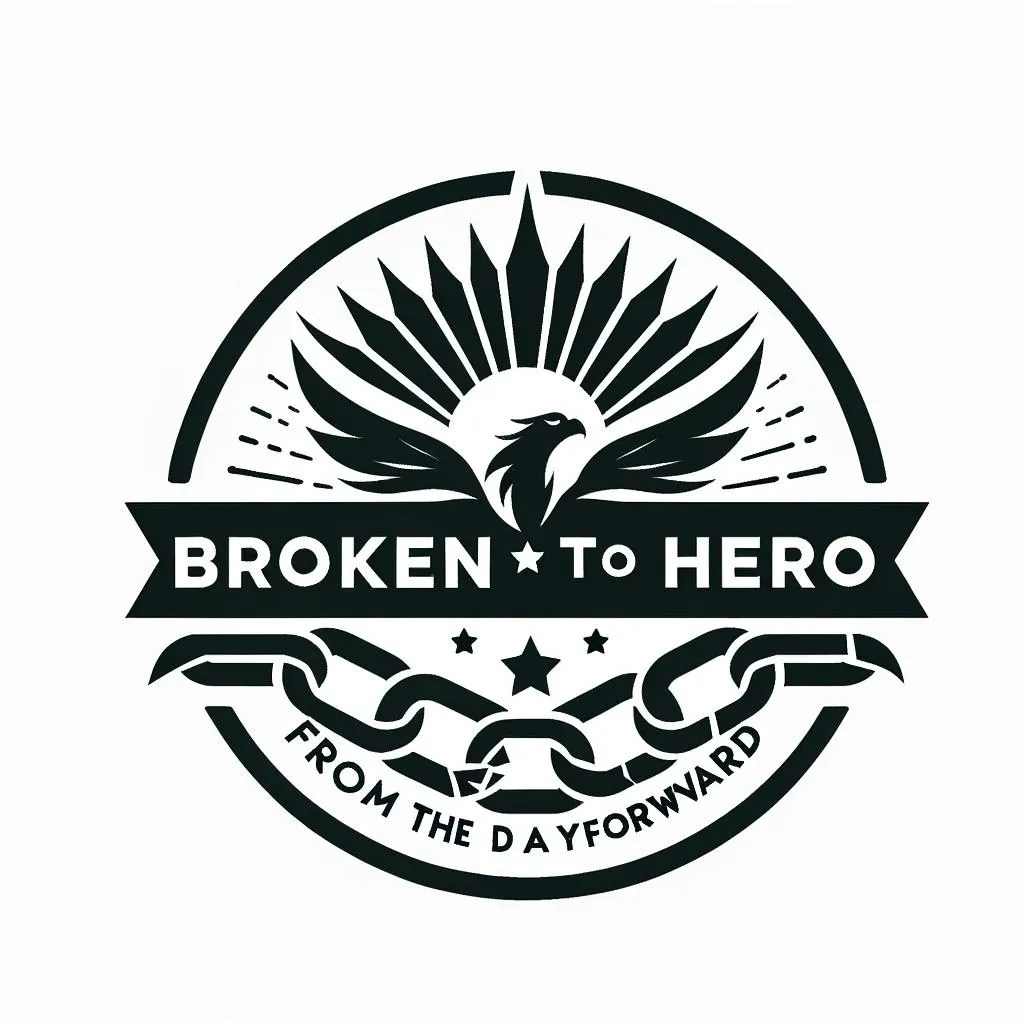

How to Access healthcare through the Department of Veteran Affairs (VA)
Accessing healthcare through the Department of Veteran Affairs (VA) involves several steps. Here is a general process to guide you:
1. Determine Eligibility:
- Check if you meet the basic eligibility requirements, such as having served in the active military, naval, or air service and being discharged under conditions other than dishonorable.
2. Enroll in VA Healthcare:
- Online: Visit the VA's official website and complete the healthcare application (VA Form 10-10EZ) online.
- By Mail: Download the VA Form 10-10EZ, fill it out, and mail it to the Health Eligibility Center.
- In Person: Visit your nearest VA medical center or clinic to apply in person.
- By Phone: Call 1-877-222-VETS (8387) to apply over the phone.
3. Gather Required Documentation:
o You may need your DD214 (Certificate of Release or Discharge from Active Duty), recent tax return, and any other relevant documentation regarding your income, insurance, and dependents.
4. Wait for Enrollment Confirmation:
- After submitting your application, the VA will review your information and send you a letter confirming your enrollment status. This letter will also inform you of your priority group assignment, which determines the level of benefits you will receive.
5. Select a Primary Care Provider:
- Once enrolled, you will need to choose a primary care provider (PCP) at your local VA medical center or clinic. Your PCP will be your main point of contact for your healthcare needs.
6. Schedule an Initial Appointment:
- Contact your chosen VA facility to schedule your first appointment. During this visit, your PCP will review your medical history, perform an initial evaluation, and create a personalized care plan.
7. Receive Ongoing Care:
- Attend regular appointments and follow-ups as recommended by your PCP. You can also access specialized services, mental health care, and prescriptions through the VA healthcare system.
8. Access Additional Services:
- The VA offers a range of healthcare services, including mental health support, rehabilitation programs, and specialized care for conditions related to military service. Utilize these services as needed.
9. File Claims and Appeals (if necessary):
- If you have a service-connected disability, you may need to file a claim to receive additional benefits. If you disagree with a decision made by the VA, you can file an appeal.
For specific details and personalized assistance, you can always contact the VA directly or visit their website for the most up-to-date information.
Available Help
988 Suicide and Crisis Lifeline We can all help prevent suicide. The 988 Lifeline provides 24/7, free and confidential support for people in distress, prevention and crisis resources for you or your loved ones, and best practices for professionals in the United States.
The United States Department of Veterans Affairs is a Cabinet-level executive branch department of the federal government charged with providing lifelong healthcare services to eligible military veterans at the 170 VA medical centers and outpatient clinics located throughout the country.
Find A.A. Near You This website does not contain a meeting finder. Contact one of the A.A. resources below for a meeting list in that location and the surrounding area.
The Online Intergroup of Alcoholics Anonymous, or OIAA, is an International service organization established in accordance with the Ninth Tradition of Alcoholics Anonymous A.A., specifically for the purpose of assisting online.
A simple, supportive approach to mental health care. Find a therapist who fits your needs and takes your insurance.
NAMI is the National Alliance on Mental Illness, the nation’s largest grassroots mental health organization dedicated to building better lives for the millions of Americans affected by mental illness.
If you or someone you know has a mental illness, is struggling emotionally, or has concerns about their mental health, there are ways to get help.
The Substance Abuse and Mental Health Services Administration (SAMHSA) is the agency within the U.S. Department of Health and Human Services (HHS) that leads public health efforts to advance the behavioral health of the nation and to improve the lives of individuals living with mental and substance use disorders, and their families.
The National Network of Depression Centers (NNDC) develops and fosters connections among members to use the power of our network to advance scientific discovery, and to provide stigma free, evidence-based care to patients with depressive and bipolar illnesses.
